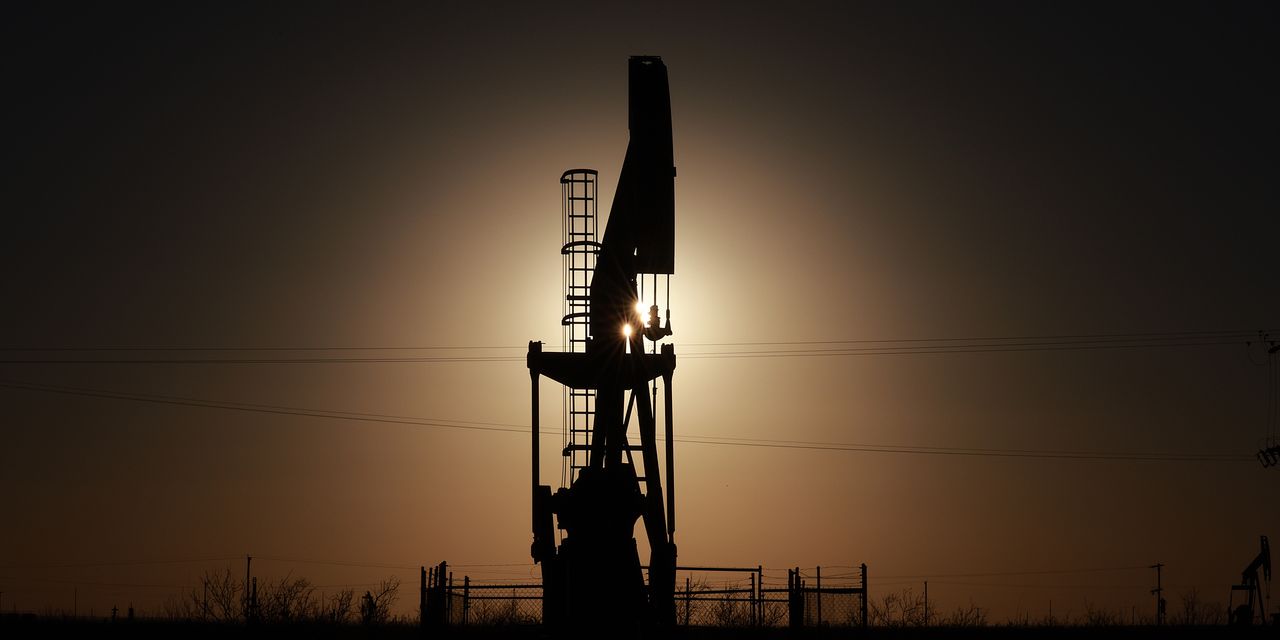Oil prices rose about 2.5% on Monday after OPEC and its allies agreed to extend production cuts through 2024 that have already taken 3.5 million barrels per day out of the oil market.
Saudi Arabia also said it would reduce production by an additional one million barrels in July, lowering Saudi’s daily production to nine million barrels. Outside of the pandemic’s lockdown era, its production hasn’t been that low since 2013. That makes it even more surprising that oil prices per barrel are still mired in the mid-$70s even as most analysts have price targets well above $80.
One reason is that investors do not trust the paper tally of oil supply and demand. As a result, they’re skeptical of the broader energy market and unwilling to invest. If the bullish narrative on oil is that there’s a supply shortage, investors need to trust the supply data.
The statistics released by governments and other official bodies on the oil market are often disconnected from the actual physical market, sometimes leading to large revisions in future months. One problem is that there are too many “shadow tankers” carrying more Russian oil around the world than show up in official tallies. Russia’s vow to cut production by 500,000 barrels per day does not appear to have actually occurred, according to reports on shipping tanker data.
Other estimates from OPEC often don’t jibe with reality. OPEC even tacitly acknowledged this disconnect on Sunday. For instance, OPEC lowered the production quotas for four African nations that had already been underproducing their quotas, leading to a “cut” in name only.
“The physical market is undefeated,” wrote RBC Capital Markets analyst Michael Tran. He believes “the physical markets are looser than the paper balances indicate,” meaning that in the actual oil market there is roughly enough supply to meet demand even if the “official” oil market says that supply is falling short of demand.
This might seem like an accounting error, but it has a serious impact on the way that investors make bets. In short, few traders feel the confidence to get bullish on the commodity and stocks if they can’t fully trust what’s happening. The
SPDR S&P Oil & Gas Exploration & Production
exchange-traded fund (XOP) is down 4.6% this year.
“This disconnect has contributed to analysis paralysis among the analyst and investor community over recent quarters and subsequently led to poor positioning, lack of risk deployment, and the drying up of liquidity,” Tran wrote.
It’s not just OPEC statistics that have left investors confused at times. U.S. stats have also given an inaccurate picture in recent months. The Energy Information Administration, which releases U.S. government stats, has made larger and larger adjustments lately to its estimates. One explanation that officials have given is that some stats have gotten more complicated to gather as the U.S. has been exporting more crude oil and oil products. The EIA has said it plans to fix these issues.
Investors are likely to wait before embracing the “supply shortfall” narrative that some analysts predict will send oil prices higher. In the meantime, one country where investors do trust the official record is actually increasing its production. Under the latest OPEC deal, the U.A.E. will be able to boost its production by 200,000 barrels per day. It’s a good bet that those 200,000 barrels will actually come out of the ground.
Write to Avi Salzman at [email protected]
Read the full article here












